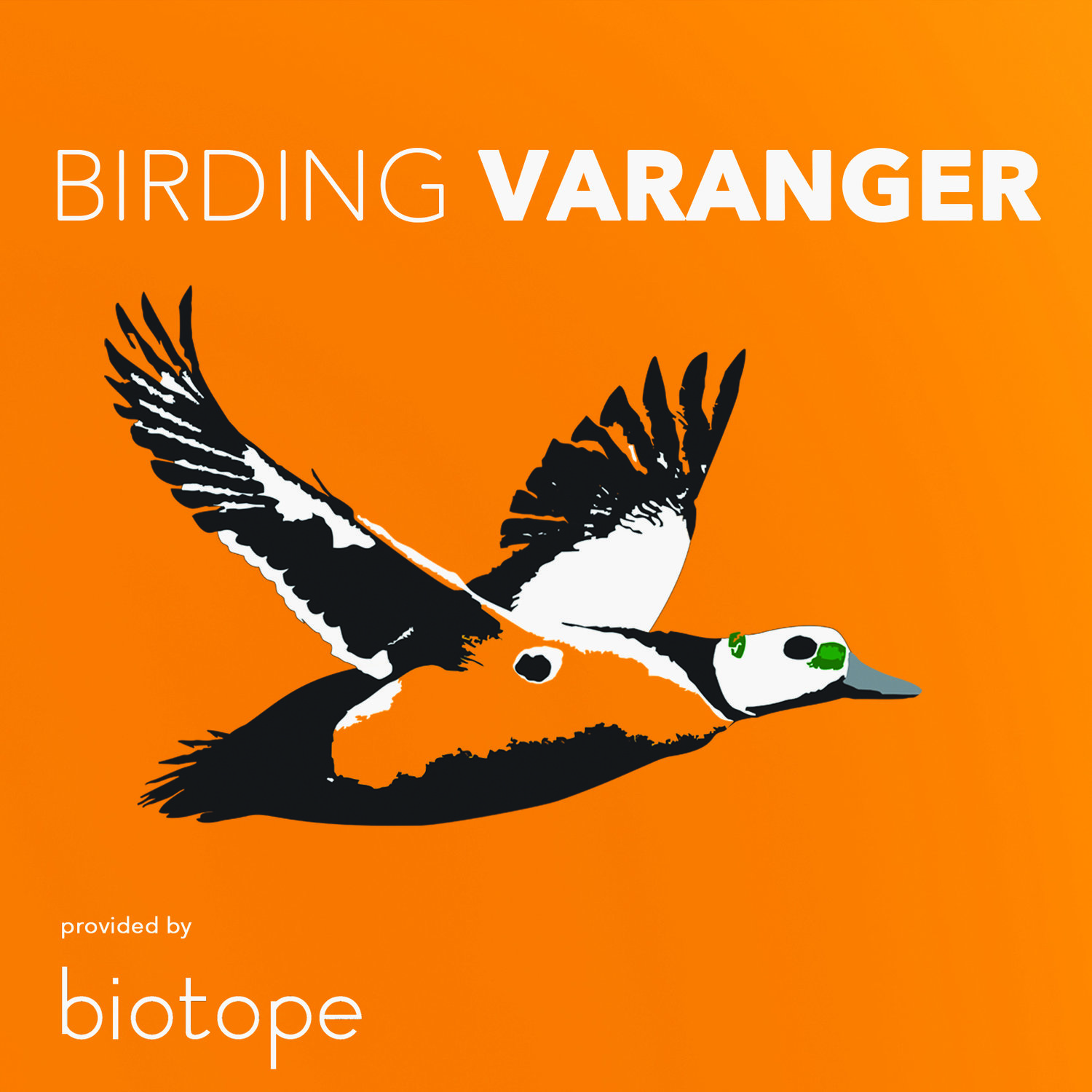Steller´s Eider provide the main attraction for birders visiting Kiberg, usually with a large flock present from December - April, sometimes into May. The beach at Kiberg is a great place to see a variety of waders, especially Purple Sandpipers, which gather in large flocks to comb the beach. These birds are the only waders that stay during the Arctic winter and do not migrate to southern areas.
Kiberg is a haven for gulls, with many hundreds of Glaucous Gulls recorded during the later part of winter, with several Iceland Gulls joining the flocks each year. Kibergsneset (aka East Cape), the furthest east you can go in mainland Norway, is a very good point to watch the huge rafts of King Eiders, Common Eiders and Long-tailed Ducks during late winter and early spring. This is also a very good seawatching point for seabird migration in spring and autumn. Skuas of all four species can be seen passing offshore. The small ponds that are found around the German bunkers are good places to see Red-throated Divers and sometimes Greater Scaup.
A few Kilometers south of Kiberg, the small bays of Langbunes, Kramvik and Indre Kiberg are very good places to see waders and gulls. Passerines, such as Bluethroat and Red-thoated Pipit as well as Whooper Swans and Willow Grouse can be found in the surrounding area. Indre Kiberg often holds a good number of King and Common Eiders. Steller's Eiders and Long-tailed Ducks are also seen in good numbers here. 2 km north of Kiberg you come to the vast bay of Molvika which is another good place to go for a walk or just scan with the telescope. Continuing north to Mount Domen and the surrounding area you can find some of the best spots to see Willow and Rock Ptarmigan (in winter).
Swimming with Steller´s Eiders in Varanger, Arctic Norway, February 2016





